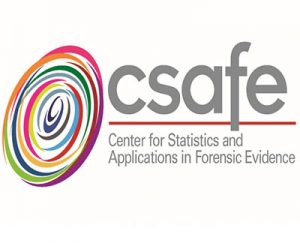Last week, the city of Tulsa agreed to compensate Sedrick Courtney $8 million for the 15 years he spent in prison after a wrongful conviction for robbery. He was convicted based upon a mistaken eyewitness identification and the testimony of a crime lab technician who claimed a bleached red hair that was found on a mask at the crime scene matched one of Courtney’s hairs. Courtney has neither red nor bleached hair. Oklahoma contends that it should not be held to 2015 forensic science standards for an incident that was investigated in 1995. However, Washington Post writer Radley Balko points out that there were no scientific standards for hair comparison analysis in 1995, and only recently has hair comparison analysis been scientifically tested.
Balko pointed out a number of other instances in which crime lab analysts have been shown to be unreliable and other states that have done little to review old cases or alert potentially affected defendants. Other unreliable crime lab analysts include Annie Dookhan, who falsified thousands of drug tests in Masachusetts, and Sonja Farak, who stole drugs from the crime lab’s evidence room and conducted tests while under the influence. “Despite the ongoing scandal, the district attorneys take the position that it is not their responsibility to help identify Dookhan or Farak defendants. “They lack the budgets or resources to do so, and—as they have argued in oral argument in the Bridgeman case—prosecutors have no special duty to notify defendants that their convictions might have been obtained with evidence that was falsified by government employees.”
https://www.washingtonpost.com/news/the-watch/wp/2015/11/03/crime-lab-analysts-fail-innocents-go-to-prison-public-officials-shrug/


Leave a Reply